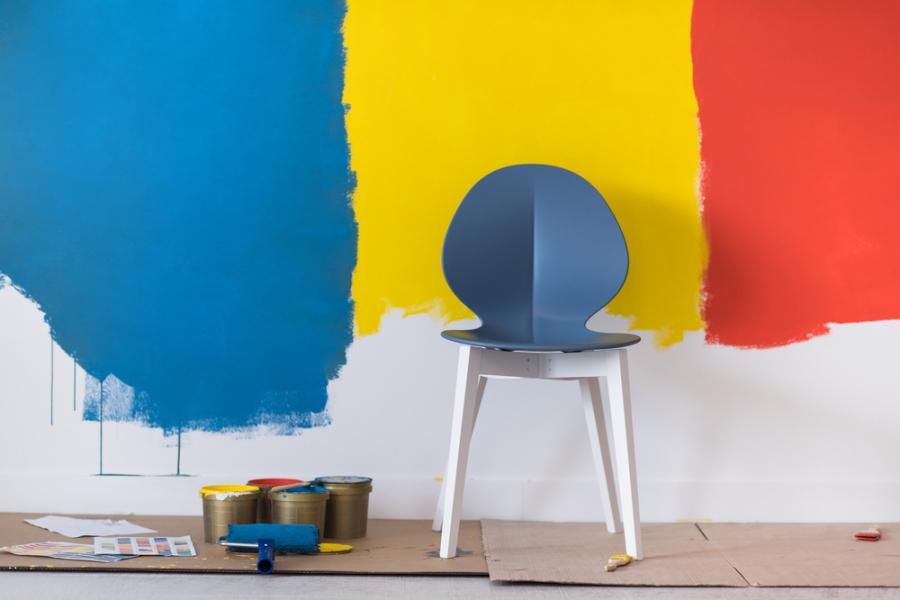Studying the still life is an essential and historic tradition for all artists, even the aspiring one. Creating work from a still life affords the opportunity to study an object under controlled conditions in the same way that a scientist would conduct a study for the purposes of research and writing about art.
When considering what objects are worthy of this investigative process, approach from the consideration of what you might learn from attempting to describe the object in visual form. Here are some objects you should expect to see in a classroom setting and what you can learn from them.
1. Basic Shapes
All objects exhibit some form of one of these basic shapes: cone, sphere, cylinder, cube, rectangle, pyramid. Therefore, by studying how these forms react to light, you’re on your way to understanding how more complicated forms like the human figure occupy space and react to light. For the beginner, it is most advantageous to use simple white forms of wood or paperboard. Once this has been mastered, the artist moves on to objects that represent the form, but are more varied in surface.
2. Machine Made Vases and Bottles
These objects all exhibit curvilinear form with some sort of opening at the top. Drawing these items initiates the artist in underlying structure. For example, a typical vase is the same on both sides in width and form. To establish this relationship accurately, the artist should create a central axis along the item. This is the same strategy we employ to cut Valentine’s hearts; folding paper in half to create symmetrical sides along a central axis.
3. Woven Baskets
The creation of surface texture can be a nightmare for the uninitiated, or a wondrous awakening of media potential. It is perfect for teaching subtractive drawing with charcoal, pastels, graphite and Conte’. It is also a useful lesson in teaching beginning painting students to lay down a mark and leaving – avoiding over brushing. The beginner labors over every detail of construction while the master creates the same result with less effort.
4. Fabrics and Drapery
Drapery or fabric often acts as the silent partner in still life. We use it to give character or texture to the background and/or foreground. Robert Henri stressed the importance of these areas in the success of the overall work. Because they are not ‘the subject’ these areas are often neglected. However, the study light over the folds of drapery will challenge the student to develop their powers of observation. The generalization of draped fabric can ruin an otherwise realistic painting.
5. Fruit
I would consider this the final item on a list of essential study items for the artist. Fruit comes in many shapes that vary only slightly from one of our basic shapes. However, it expands upon that theme by introducing the variety and imperfection of nature. Drawing or painting fruit helps remind us that details should always come last. Composition and value must be well established first.

